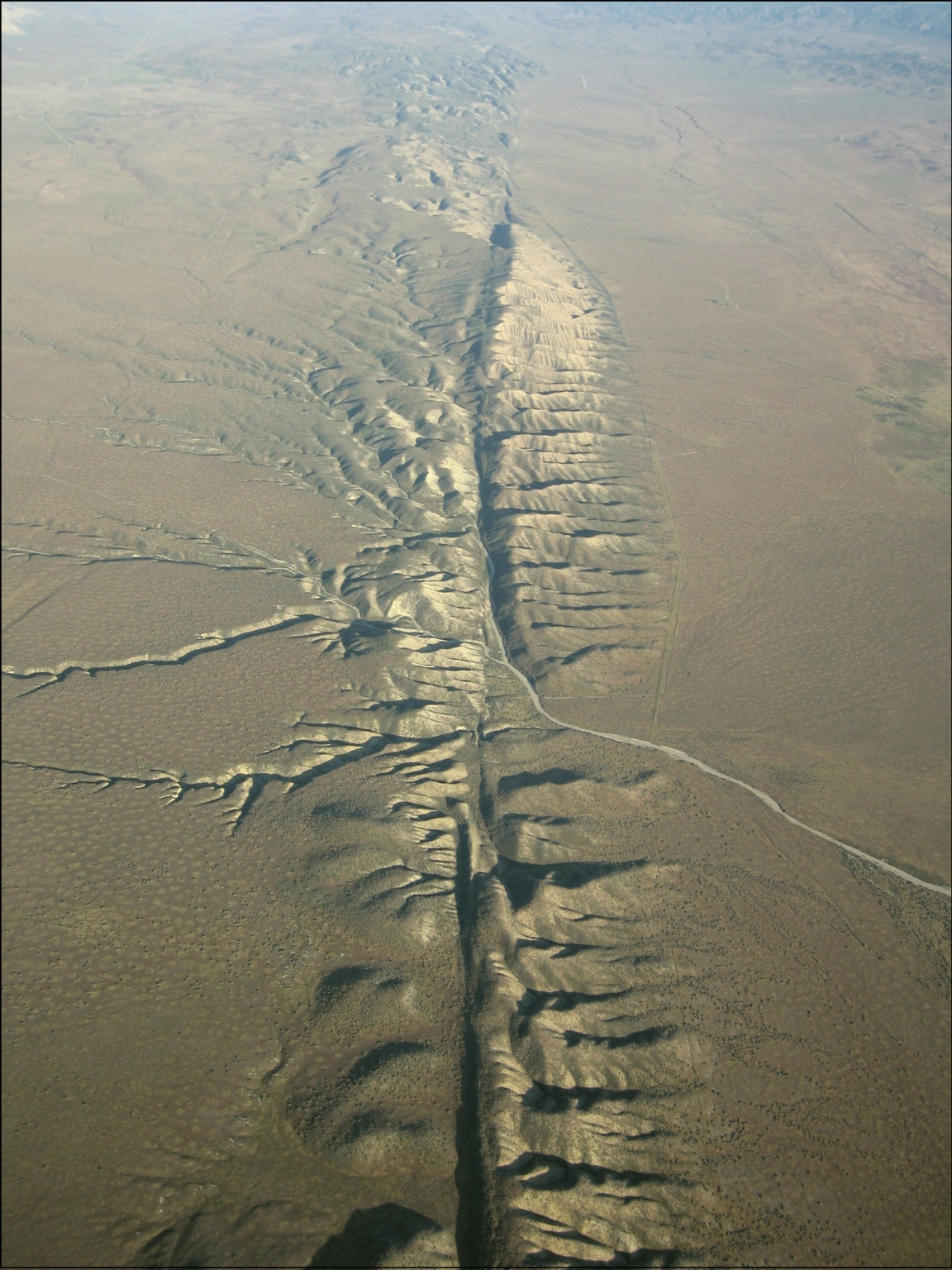




Hospital officials could not say how many of them were there for injuries suffered in the quake and how many for more routine injuries and illnesses. INJURIES: A Napa hospital reported Monday that 208 people sought treatment for cuts, broken bones, bruises and other ailments immediately after the quake until 11 p.m. That quake collapsed roadways and killed more than 60 people.ĮPICENTER: About 5 miles (8 kilometers) south of Napa. MAGNITUDE: The magnitude-6.0 earthquake was the strongest to hit the San Francisco Bay Area since the 6.9-magnitude Loma Prieta temblor in 1989, the U.S. Here's a look at the quake and its fallout: Jerry Brown declared a state of emergency for southern Napa County. “The UCERF3 model provides our leaders and the public with improved information about what to expect, so that we can better prepare.No deaths were reported, but more than 200 people sought medical attention and Gov. But we know that tectonic forces are continually tightening the springs of the San Andreas fault system, making big quakes inevitable,” said Tom Jordan, Director of the Southern California Earthquake Center and a co-author of the study. “We are fortunate that seismic activity in California has been relatively low over the past century. The USGS partner organizations that contributed to this product include the Southern California Earthquake Center, the California Geological Survey and the California Earthquake Authority. It was developed and reviewed by dozens of leading scientific experts from the fields of seismology, geology, geodesy, paleoseismology, earthquake physics and earthquake engineering. The UCERF3 model is of the first kind, and is the latest earthquake-rupture forecast for California.
#EARTHQUAKE IN CALIFORNIA HOW TO#
Two kinds of scientific models are used to inform decisions of how to safeguard against earthquake losses: an Earthquake Rupture Forecast, which indicates where and when the Earth might slip along the state’s many faults, and a Ground Motion Prediction model, which estimates the ground shaking given one of the fault ruptures. “This is a significant advancement in terms of representing a broader range of earthquakes throughout California’s complex fault system.” “The new likelihoods are due to the inclusion of possible multi-fault ruptures, where earthquakes are no longer confined to separate, individual faults, but can occasionally rupture multiple faults simultaneously,” said lead author and USGS scientist Ned Field. However, in the new study, the estimate for the likelihood that California will experience a magnitude 8 or larger earthquake in the next 30 years has increased from about 4.7% for UCERF2 to about 7.0% for UCERF3. The expected frequency of such events statewide has dropped from an average of one per 4.8 years to about one per 6.3 years. The study confirms many previous findings, sheds new light on how the future earthquakes will likely be distributed across the state and estimates how big those earthquakes might be.Ĭompared to the previous assessment issued in 2008, UCERF2, the estimated rate of earthquakes around magnitude 6.7, the size of the destructive 1994 Northridge earthquake, has gone down by about 30 percent. The Third Uniform California Earthquake Rupture Forecast, or UCERF3, improves upon previous models by incorporating the latest data on the state’s complex system of active geological faults, as well as new methods for translating these data into earthquake likelihoods. Geological Survey and partners revises scientific estimates for the chances of having large earthquakes over the next several decades. A new California earthquake forecast by the U.S.


 0 kommentar(er)
0 kommentar(er)
